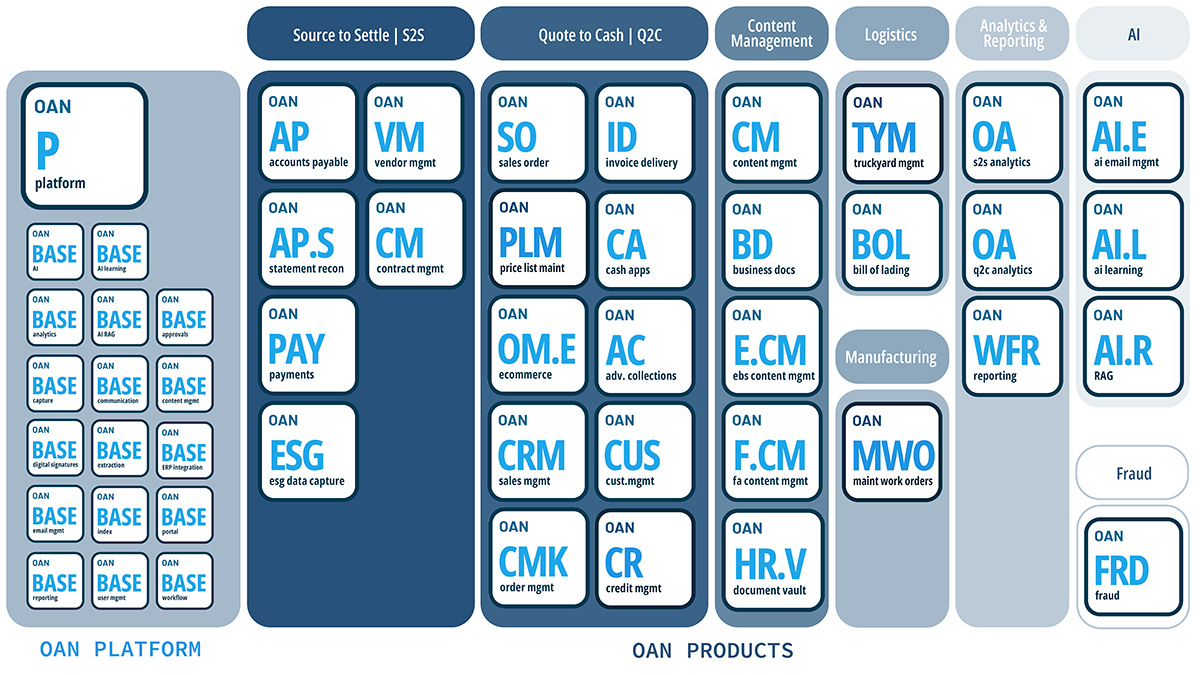Embrace Your Expansion with Better Database Options

No matter how much we love buying up Mediterranean and Baltic Avenue and slapping those hotels down, we’re not going to win unless we either acquire more properties (winning strategy) or just hope to get really lucky and have everyone land on those two spots each time around the board (lazy loser strategy). When we expand our property set, our attention gets diverted to a bunch of places at the same time because we need cash to build up everything all at once. If you don’t have a system in place, you can either spread yourself too thin or not maximize your chances quickly enough and end up in the inevitable flip-the-board-because-Aunt-Agnes-is-a-dirty-rotten-cheater situation.
Unfortunately, sometimes being successful comes with its own drawbacks. If your success dictates expansion, you get to a point where you realize that you can’t run a large enterprise and a small business the same way. With that small business, you can keep tabs on pretty much everything by yourself (or hire a small team of employees and cover all your bases for sure). But with a large enterprise, you have to pick and choose what you can address on a given day at a given time. You need to have systems in place to take care of all of the tasks that you can’t get to because you’re only human (but a really successful one!).
When you expand your business, your databases expand as well. Sadly, as your databases expand, they don’t learn how to coordinate with each other. You are the one who has to make sure they all play nice with each other. That can get really tedious once your database count hits 10, 20, 30, and so on. Wouldn’t it be really nice to have some software that takes away those headaches for you and your employees? Wouldn’t you rather have your employees devote their time to something a little more exciting and innovative during the workday?
Guess what? That software exists! It’s called Multitenant, and it does all of this for us:
- Groups databases together in containers
- Allows us to update databases in batches rather than individually
- Lets us schedule multiple simultaneous backups
- Creates multiple containers that we can prioritize for different functions
- Permits the moving of individual databases into different containers as needed
You can probably already tell why this software is a game-changer. But in case you need more convincing, consider the following benefits.
Increased Efficiency
If your software is updating multiple databases all at the same time, that means you aren’t losing time manually going from database to database. If you have say, 50 databases to maintain, that process will take forever under older software. Multitenant takes care of that for you.
Maximum Consistency
When you have different databases with different priorities and different needs, you’re not going to update them all in the same way. Trying to remember the various needs of each database opens you up to too much human error. With Multitenant, you can set rules for how your databases are maintained so that it’s done right. Every. Single. Time.
Sweet, Sweet Hardware Relief
Multitenant reduces the need for resources because your individual databases all operate within the program instead of being their own separate entities. That’s going to speed up your computing. You could also use that increased amount of resources to accomplish other tasks, too.
Don’t let your success derail your progress just because your business needs change. Develop a plan and let the technology take care of the tedium. Check out the video below from Oracle to get more insight on how Multitenant works. And don’t forget to sing its praises on our social media pages, too!

